Table of Contents
If you are looking for an easily manageable plant that flowers marvelously, your search ends here. Heleniums, also known as sneezeweeds, are sun-loving perennials that are sturdy and easy-to-grow plants. They reside in the Aster family and are native to North and South America. The plant bears bold orange, red, and yellowish flowers bringing a cheerful mix to your garden.
Being hardy plants, they quickly bloom in summer and stay blossoming even till late autumn. They have the tendency to withstand colder temperatures if maintained appropriately. These plants usually grow well in direct sunlight with a bit of shade. When planted in early spring, helenium matures soon enough to be 2-5 feet tall and spreads 24 inches across.
This article provides all the information you’ll require to thoroughly understand the plant and how to grow and care for it. So, if you want to become a skilled gardener, continue digging in.
Brief Description About Heleniums
Here’s a quick summary of Heleniums that you should know before planting them.
|
Botanical Name |
Helenium Autumnale |
|
Common Name |
Sneezeweed |
|
Plant Type |
Perennial |
|
Native Area |
America |
|
Family |
Asteraceae |
|
Foilage |
Simple leaves |
|
Size |
2-5 feet tall |
|
Sun Exposure |
Full sun |
|
Soil Type |
Moist and well-drained |
|
Soil pH |
5.5-7.0 |
|
Flowers |
Daisy-like yellow, orange flowers |
|
When to sow |
March-May or September-October |
|
Flowers Blooming Time |
July-October |
How to Grow Heleniums?
Growing Heleniums is a straightforward process. Simply start by purchasing plant seeds or collecting them from the older ones if you have any. Take a pot filled with John Innes Seed Compost and scatter the seeds above it. They will take around two weeks to mature, so adequately water them till they germinate. If you breed them in a garden, transplant the seedlings to a container first. Once they are grown, you can take them out in early spring.
Ensure the soil is well-drained, and place the plant in a sunny location. For the taller species, use the staking technique to support them with something to lean on. Keep the moisture sufficient and do regular trimmings for maximum blooming. The genus also can self-seed, so you might find seeds coming out from the plant that you can use next year.
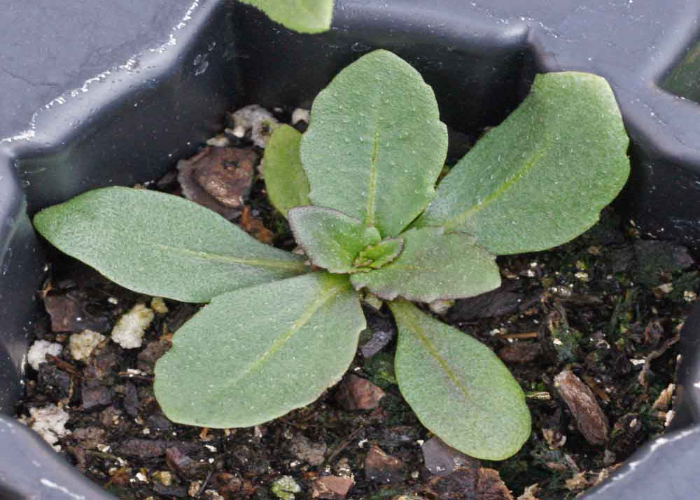
Different Ways to Sow Helenium
You’ll need a sharp spade, shovel, garden fork, and pots to start the process. You can either buy the seeds from nurseries or use the seedlings from your existing plants.
Planting Heleniums from Purchased Seeds
- Find the perfect space to plant your helenium.
- Dig a big hole with a shovel or a spade wider than the pot.
- Place the plant in the container, ensuring it fits fine.
- Sprinkle some mycorrhizal fungi with the seeds to provide sufficient nutrients for growth.
- Cover it up with more soil and firm the soil with your hands.
- Add a multipurpose compost for a better drainage cycle.
Planting Heleniums Using Older Seedlings
- Use a garden fork to dig out the older plant, and split it into smaller pieces.
- You can plant it straight into a newer pot, filling it with more soil and compost. Or, you can temporarily place it in a container until it matures and take it outside later.
- Use the spade to dig a deeper and giant hole to fit the plant’s root ball.
- Add a generous amount of peat-free and organic compost at the bottom of the hole.
- Put the root on the top, backfill it with soil, and add continuous release feed to the plant.
- Water the plant appropriately till it is established.
Remember that the best season to plant them is in May-June. So, manage everything accordingly.
When and Where to Plant Helenium Plants?
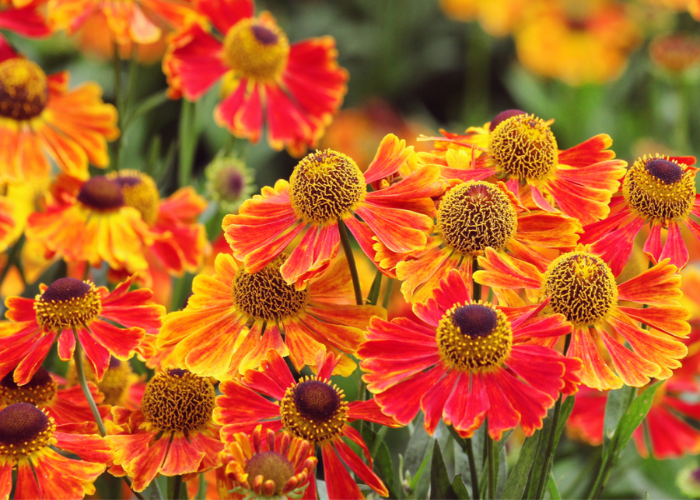
Helenium Plants are an exceptional addition to your garden, making it wholesome. These plants belong to the hotter states of America and require the same warmth to mature fully. Hence, find a suitable spot where they can get proper sunlight to grow. But, it also needs protection from stronger winds, so put them in a partially-sheltered place. When planted right, the plant can grow up to 6 feet tall. The warm colours of the flowers attract many pollinators, making the space seems like a wildlife paradise.
How to Nourish Heleniums?
Helenium plants make excellent, long-lasting cut flowers to put together a lovely seasonal bouquet. To do that, taking genuine care of the plant is a must.
- Temperatures and Spacing: Helenium is a hardy plant that prefers warmth but also tends to withstand frost. It also requires proper spacing to prevent fungal infections like powdery mildew and rust diseases in higher humidity.
- Moisture: Until the plant is fully established, they require moderate to heavy watering. Adding a thick layer of organic mulch helps conserve moisture and controls the acidic soil pH levels of the plant.
- Deadheading: Deadheading allows the plant to have a fresher and healthier flower growth. Just remove all the flowers that have turned brown around the edges. But do it very carefully so you don’t harm the stems.
- Overwintering:Cutting down sneezeweed stems in early winter promotes better growth for next year. So, use secateurs to trim just below where the foliage starts. You can also add a thick layer of hay to protect them from the frost and remove it when spring comes.
- Fertilizers: Heleniums aren’t high on using fertilizers. So, using a single application of a mild flower fertilizer in spring is enough. You can also pinch the plant as it promotes sturdier and stronger branches.
Various Types of Heleniums
There are tons of species of heleniums to choose from. So, here are some excellent choices to add to your garden.
1. Moerheim Beauty
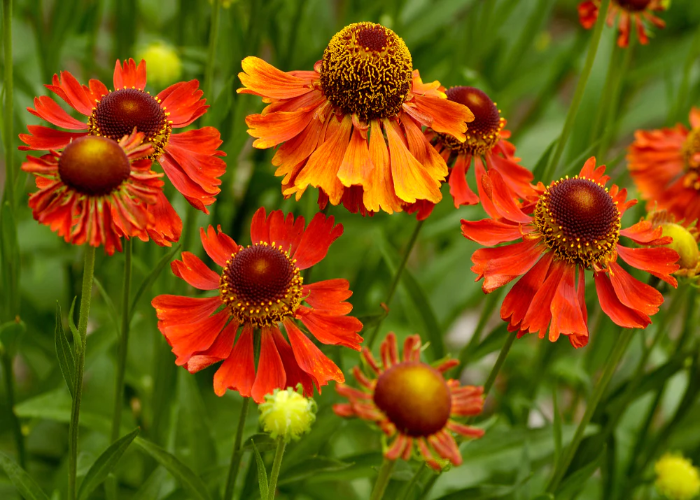
It is one of the most popular flowers that brighten your space with its crimson-red coloured blossoms. It can grow up to 1.25 meters in a well-kept environment.
2. Butterpat
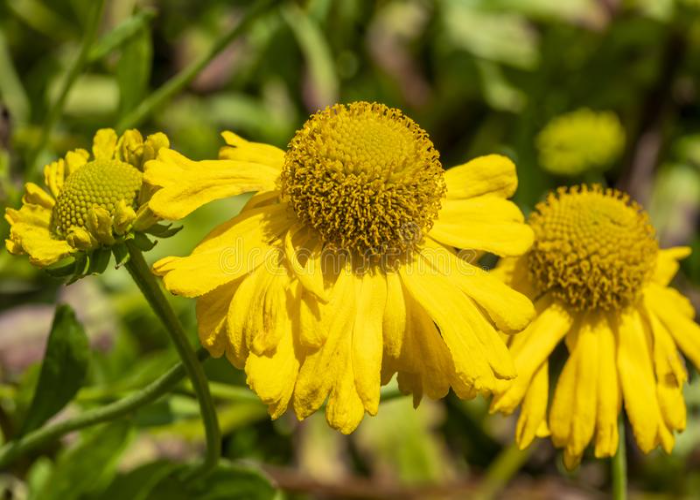
It is a prominent yellow flower from its petals to the cone. It is a big plant, with flowers up to 7 centimetres wide.
3. Red-Haired Katy
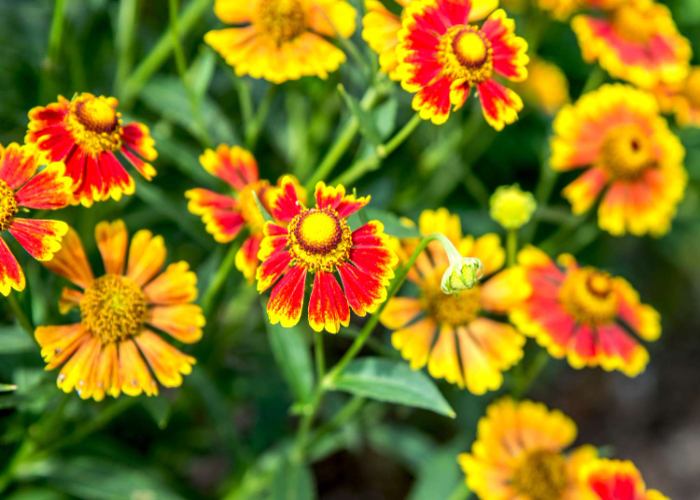
It is a unique species that changes its colours according to the light. The petal shifts from crimson red to copper red instantly under the effect of light.
4. Peach Sundae
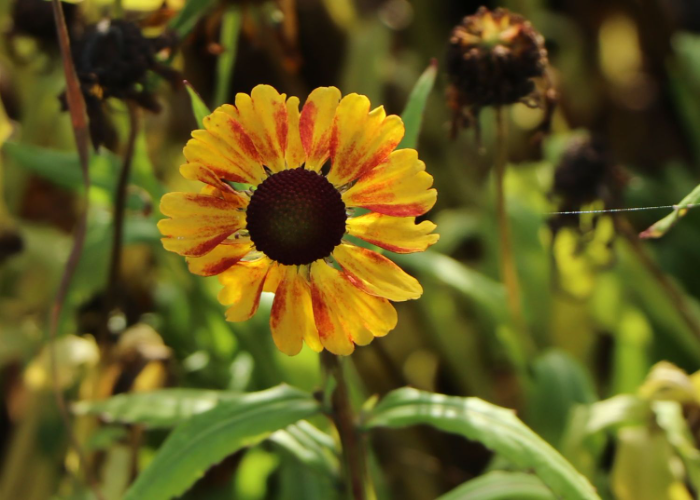
This marigold-looking flower is a short perennial plant that grows up to 50 centimetres tall. It attracts beneficial insects like bees and butterflies.
5. Red Jewel
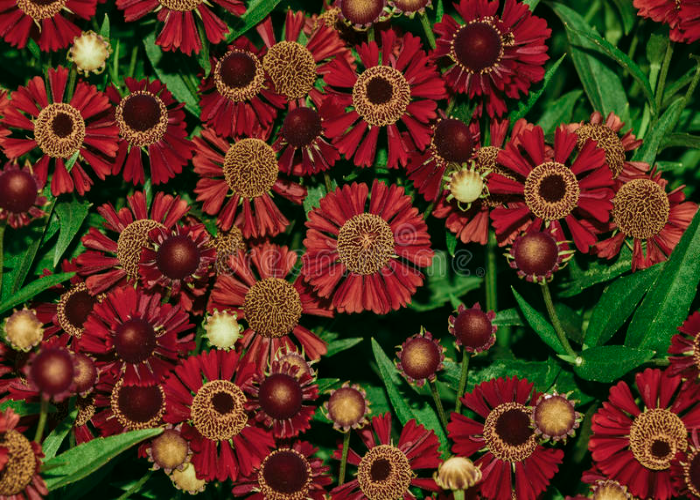
This perennial plant produces thick clumps of green, lush foliage. And the brown-red flowers with a touch of yellowish-orange shade make them more appealing.
6. Dunkle Pracht (Dark Splendour)
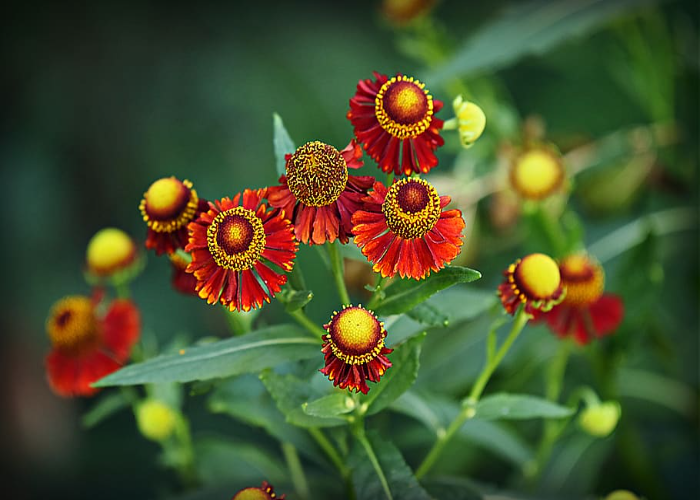
The rich, healthy-looking orange flowers hit their maturity in late summer. They stay bloomed throughout the autumn season.
7. Wyndley
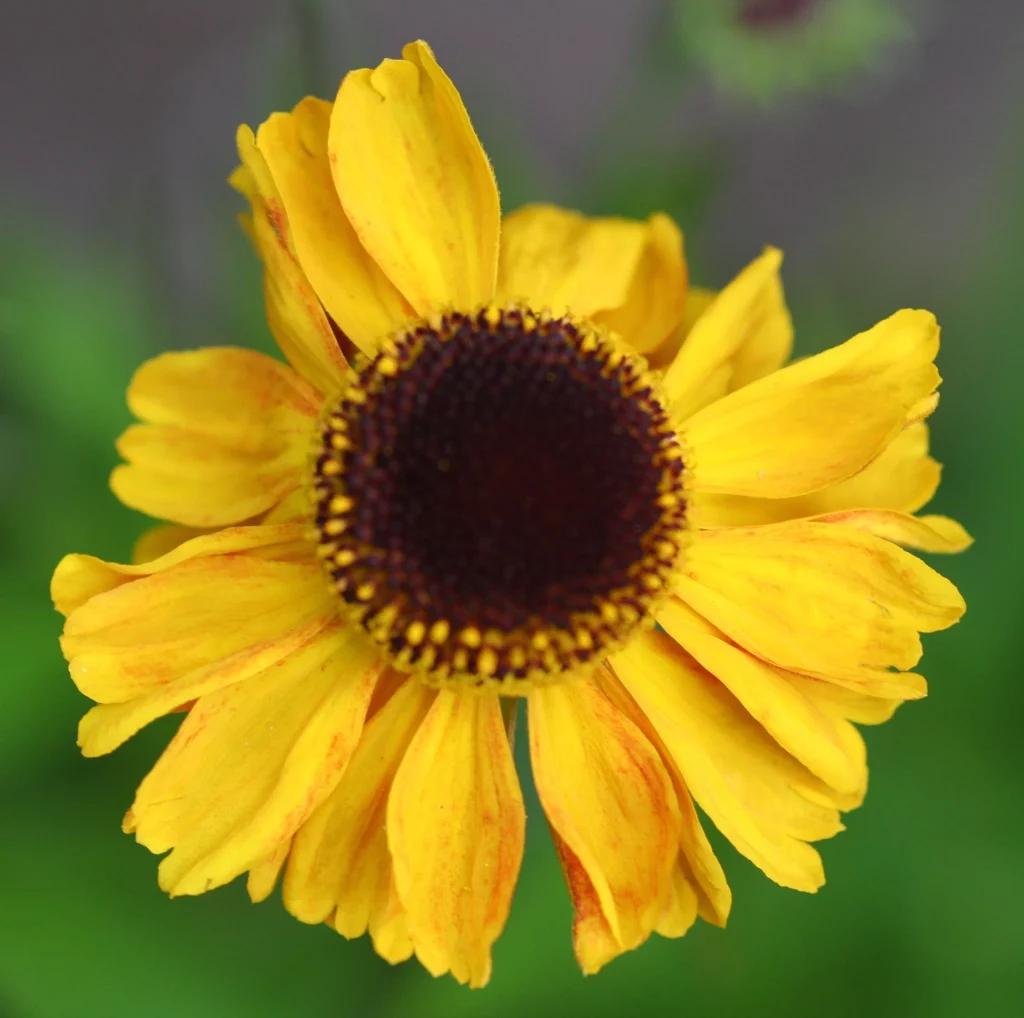
It is one of the shortest species of all that blooms the earliest. The warm yellow flowers with a dark centre and stronger stems make it an excellent choice for cut flowers.
8. Chelsey
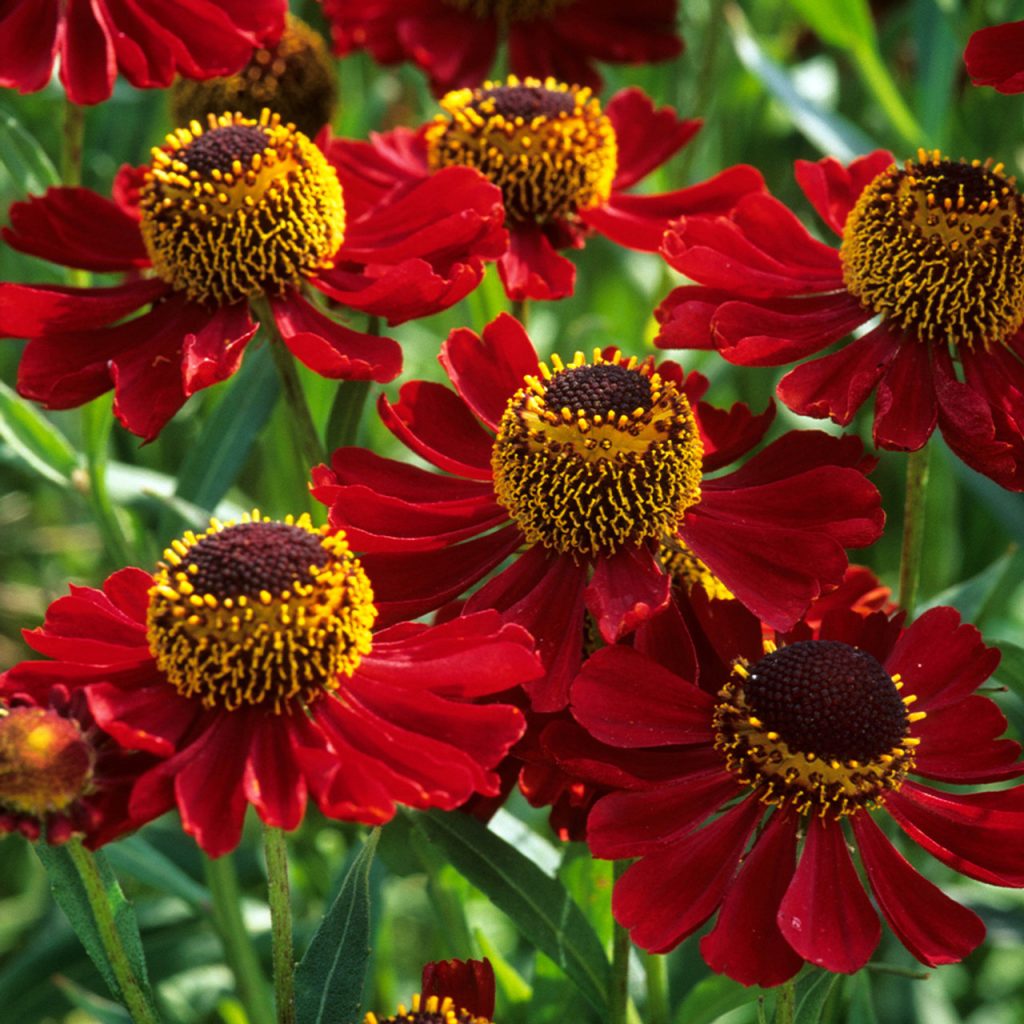
Chelsey species beautifully blossom in the bright-red colour scheme in late summer. They grow up to 1 meter in length and take up to five years to fully mature.
9. El Dorado
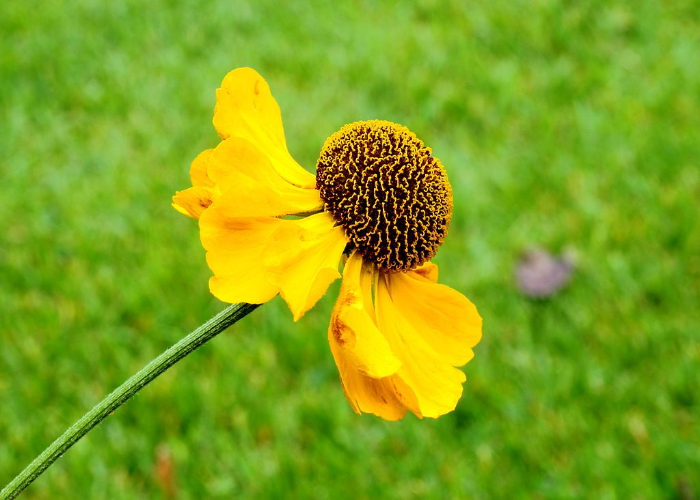
It is a large brown cone-shaped flower with yellowish-lemon petals that blossoms in summer with lance-shaped green foliage.
10. Waltraut
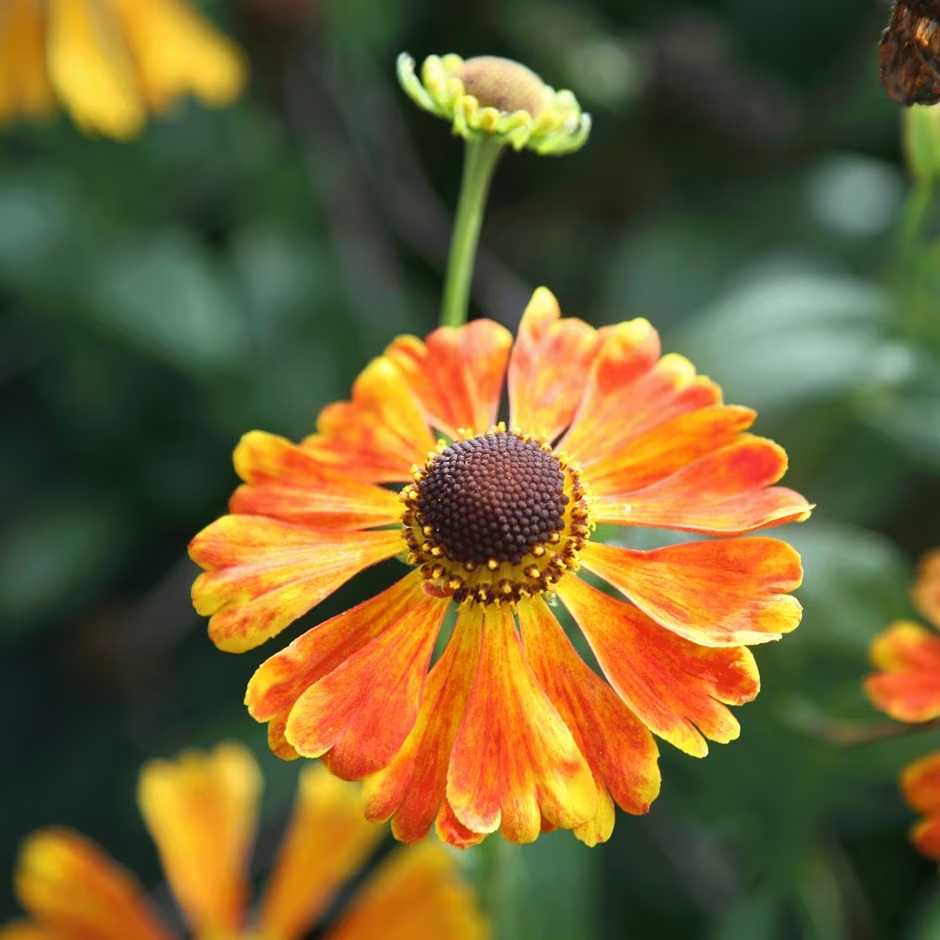
It is an erect perennial flower with a brown base and copper-gold petals. The flowers expand up to 8 centimetres across, with stems going 1 centimetre wide.
4 Steps for Propagating Heleniums
One can conveniently grow sneezeweeds, but they can also be propagated from cuttings. You only need a healthy plant, scissors, bags, potting mix, and pots.
- Cut a node just below a nourished stem, and remove the bottom leaves.
- Place the branch about 2 inches deep in the container filled with potting mix.
- Keep the pot warm and moist enough, but don’t overflood it.
- In under three weeks, transplant the cutting into another pot or ground, and you are done.
Common Issues with Heleniums
Sneezeweed plants are known for their hardiness and disease-resistant features. However, the shaded regions or some undesirable bugs make it hard for them to stay safe.
-
Slugs and Snails: Because of its bright colours and tasty treats, the plant attracts quite the attention of slugs and snails to come crawling. Just remove them smoothly from your plant manually.
-
Powdery Mildew: Escaping a common fungus like powdery mildew is challenging for almost all plants. So, deadhead the affected parts and use fungicides to cure the plant.
-
Leaf spot: Leaf spot is a fungal infection wilting the leaves of the plant. To prevent the disease, start watering your soil beneath the plant rather than doing it from top to bottom. And prune the affected leaves to stop the fungus before it spreads.
Conclusion
In conclusion, planting helenium might be the best decision, as they are disease-free, pest-resistant, and drought-tolerant. Animals like deer and rabbits generally stay away from the plant. So you also don’t have to worry about them being eaten away. Rather, they attract beneficial insects like bees and butterflies, helping them grow profusely.
All that sneezeweeds need is sufficient moisture and sunlight to become enthusiastic bloomers. And will replenish your backyard with daisy-like flowers giving you a fairyland ambience. What more do you need from a plant that self-seeds, lives longer, and regenerates after winter only to bloom again?
So, don’t overthink! Buy those helenium seeds and some pretty pots and plant them now. Do tell us in the comments which species you decided to grow.
Frequently Asked Questions (FAQs)
How Long Can Helenium Live?
Helenium plants can live longer if replanted every 2-3 years to keep them healthy and blooming. Deadheading, dried leaves, and worn-out flowers adds-on more time to their lives. Place them in a bright, sunny spot, as they need at least 6 hours of sunlight and water adequately.
Is Helenium a Toxic Flower?
All plant parts are poisonous and should be handled carefully and cautiously. They can be quite harmful and fatal to humans if inhaled in larger quantities. The most poisonous helenium species is Helenium microcephalum, which can be lethal even if consumed in tiny proportions.
How Tall Does Helenium Get?
When planted in early spring from a crown of resting shoots and shallow roots, the plant can grow quickly to a mature size of 3-5 feet tall and spread 2-3 feet wide. They may need staking to support their fragile stems. You can always pinch back the new growth if Helenium has grown more than you’d like.
Does Helenium Grow Better in Sunlight or Shades?
Heleniums aren’t that much fussy. All they need is well-drained soil and a spot in bright sunlight to grow. So, place them in a sunny place to bloom flowers properly. Otherwise, it will get leggy and eventually die due to the lack of sunlight.
Is Helenium an Echinacea?
Helenium is related to Echinacea, the coneflower. In fact, they both belong to the Asteraceae family. It is also a low-maintenance, deer-resistant flower and a good choice for pot planting. The only difference between them is that Echinacea is slightly shorter and sturdier than Helenium.
Does Heleniums Make You Sneeze Often?
Helenium is also known as sneezeweed. It is a drought-tolerant plant that is turned into a powder after being harvested and dried off completely. Many people use that powder as snuff, which may lead to continuous sneezing. So, if you are allergic, stay clear of heleniums.

![Heleniums Care and Growing Strategies [A Beginner’s Guide] How To Grow & Care For Heleniums](https://www.thearches.co.uk/wp-content/uploads/How-To-Grow-Care-For-Heleniums.jpeg)



